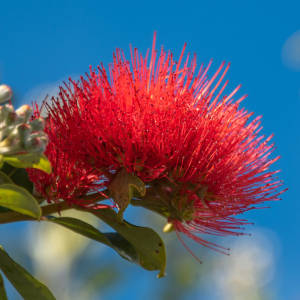Intriguing Japanese Anemone
The Japanese Anemone looked so beautiful blowing in the wind at my friends garden. I got a phone call to come over to her place and see the wonderful display of the Maximilian Sunflowers... I blipped yesterday, in her garden along the fence line. I gave her a few plants a few years ago and told her that they spread and they have. She just loves them and they look so beautiful at this time of year.
Because the wind was blowing it was hard to get good shots of the flowers, they were just moving about in the wind so much. My friend also had a lot of this lovely Japanese Anemone and that spreads well also.
Japanese anemones are commonly known as windflowers. The name windflower is accounted for in several ways, one of which is Pliny's statement that anemone blossoms are opened by the wind. The word anemone is derived from the Greek word meaning daughter of the wind. It’s very ironic since the perennial anemone should be sheltered from the wind. Japanese anemones are actually native to China. The hybrids we know today were developed 125 years ago by English, French and German breeders using Anemone vitifloria and A. hupehensis var. japonica, so they are completely man developed plants despite their simple appearance.
This one is the most common variety is Honorine Jobert which was discovered as a root mutation of the original hybrid by a French nurseryman in the 1850s. Mr. Jobert named it after his daughter Honorine. Jennifer Bolyard is the head perennial gardener at Powell Gardens, Kansas City’s botanical garden.
The Chinese it has been associated the Japanese Anemone with death. Anemones contain an acrid compound called anemonin. It is poisonous but was formerly used medicinally.
For more information on the Japanese Anemone

Comments
Sign in or get an account to comment.


